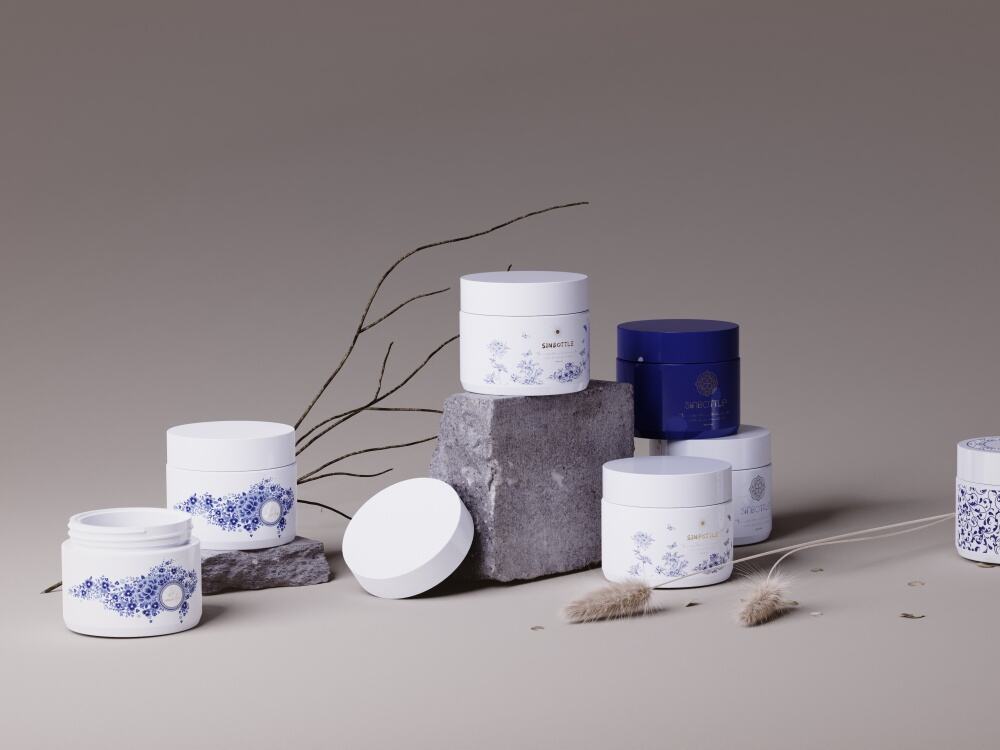Kosmeetikapakkumise globaalturul teenivad kosmeetikapakkumismaterjalid mitte ainult toodete kaitse funktsiooni, vaid moodustavad ka kasutajakogemuse ja brändi pildi olulise osa. Kasutajate esimene mulje pakkumisest mõjutab otseselt nende ostuotsuseid, olenemata sellest, kas see on kõrgeklassi seerumi jaoks mõeldud hõbedane klaasipudel või kandevate värviliste kosmeetikatoodete jaoks mõeldud plastist korkkorgiga purk. Seetõttu on oluline, et kosmeetikaklaasi tootjad ja OEM-tarnijad loeksid tugeva kasutajatestimise ja tagasiside tagamiseks head mehhanisme, et tõstta oma konkurentsivõimet.
Kosmeetikapakkumise materjalide testimisel kasutajatega käsitletakse kolme peavaldkonda: funktsionaalsus , vastupidavus , ja esteetiline kogemus .
See test hindab, kas pakkumine töötab praktikas nii, nagu on mõeldud, sealhulgas:
- Kas vaakumpumpadega pudelid vabastavad vedeliku sujuvalt, ilma ummistuste või ebavõrdse vooluga;
- Kas pipetipudelid võimaldavad täpse annustuse kontrolli, et vältida raiskamist või ebapiisavat kandmist;
- Kas korkidega purgid on hõlpsasti avatavad ja kinnitatavad, säilitades samas turvalise tiheduse.
Simuleerides reaalseid olukordi, nagu transpordi ja pikema kasutusaja jooksul, tagab see test pakendite struktuurilise terviklikkuse ja lekkimisvastase toimimise:
-
Purunemiskatsed : Hinnatakse, kas klaaspudelid või plastmassist purgid jäävad terviklikuks ja lekkivusvabaks pärast juhuslikke kukkumisi (simuleerides logistika kahjustusi);
-
Surutakistuskatseted : Kinnitatakse, kas pakend suudab taluda välist rõhku ladustamise või transpordi ajal kujutormistumiseta;
-
Temperatuuritakistuskatseted : Kontrollitakse, kas pakend säilitab tiheduse ja stabiilsuse äärmiste temperatuuritingimuste korral (nt kõrge temperatuur veokite konteinerites või madal temperatuur ladudes).
Kasutajate taktiilne ja visuaalne восприциоон pakendist mõjutab otseselt brändi kõrge positsiooni. Olulised hindamispunktid on järgmised:
-
Kaal ja haigutus : Kas pudeli kaal tundub "preemiaklassi" (mitte liiga kerge ega raske) ja kas see on kasutamise ajal hõlpsasti käes hoida;
-
Pindtöötlus : Matte klaasi siledus, UV-katte ühtsus või jäätme musterite eriartikkel – üksikasjad, mis suurendavad toote воспринимаемый väärtust. Näiteks on UV-kate ja jäätme töötlus eriti populaarsed kõrgeklassilises kosmeetikaturus oma luxusse välimuse tõttu.
Teaduslik tagasisidemehhanism aitab kosmeetikapakendite tootjatel pidevalt oma disaini optimeerida. Tavaliselt hõlmab see kolme tuumikseost:
Väljakaubanduskliendid (nt kosmeetikamargid või jaekäijad) esitavad sageli sihitud tagasisidet proovide testimise või hulkvalmistuse käigus, keskendudes tehnilistele ja praktilistele täiustustele, näiteks:
- Pumpipea voolukiiruse reguleerimine (nt voolavate vedelike jaoks liigse vedeliku dosa vähendamine);
- Pudeliseina paksuse optimeerimine (kasutuskindluse ja kergpakkimise vajaduste tasakaalustamine lennuveo jaoks);
- Pakkimise kaalu muudatused (et vastata teatud piirkondlikele veo reguleerimise kaalupiirangutele).
Otsesed teadaanded lõppkasutajatelt on olulised reaalse kasutusmugavuse mõistmiseks. Tagasiside kogutakse mitmel moel:
-
Küsimustikud : Pärast ostu läbiviidud uuringud, et küsida kinnituse, kasutusmugavuse ja esteetilise ilme rahulolu kohta;
-
Sotsiaalmeedia kommentaarid : Arvustuste jälgimine platvormidel nagu Instagram, TikTok või Amazon, et kinnitada spontaanset tagasisidet (nt kaebused raskesti avatavate korkide või kiitusega lekkivusevastaste spraytpumpide kohta);
-
KASUTAJATE ARVAMUSED : E-kaubandusplatvormidel analüüsitakse hinnanguid ja kommentaare, et tuvastada korduvaid probleeme (nt "pipett ei imendu vedelikku") või populaarseid funktsioone (nt "elegantne matte disain").
Tagasiside optimeerimiseks peavad ettevõtted looma korduva "disaini → tootmist → turu tagasisidest → ümberdisaini" tsükli:
-
Laboratoorne kordustest : Pärast tagasiside kogumist viibb R&D meeskond läbi sihitud kordusteste (nt pumbapea spetsifikatsioonide muutmine ja doosimise sujuvuse kordustest);
-
Andmeanalüüs : Klassifitseeritakse ja kvantifitseeritakse tagasiside (nt "30% tarbijatest märkis raskusi korki avamisel") kõrge mõjuga täiustuste prioriseerimiseks;
-
Disaini iteratsioon : Pakendisid uuendatakse testitulemuste ja andmete põhjal (nt korki kujunduse muutmine avamise hõlpsustamiseks) ning optimeerimisi valideeritakse uue kasutajatestiga enne seeriatootmist.
Täiustatud kasutajatestimise ja tagasiside mehhanism toob kahekordset väärtust:
-
Riski vähendamine : Kasutajatestimise kaudu eelnevate probleemide (nt lekkivad pudelid või ebatõhusad disainid) tuvastamine vähendab tagasipakkumiste, tooterecallide ja kaubamärgi maine kahjustamise riski rahvusvahelises kaubanduses;
-
Maine ehitamine : Positiivsed kasutajakogemused (nt "kujundus on vastupidav ja hõlpsasti kasutatav") aitavad ehitada tugevat kaubamärgi mainet globaalsetel turul, suurendades klientide püsivust.
Ettevõtete jaoks, kes keskenduvad kosmeetikapakkimise eksportimisele (nt klaaspudelid, kreemipurgid ja spraidipumbipudelid), on kasutajakogemuse ja kvaliteedisüsteemi prioriteetselt täiustamine strateegiline eelis. Turgudel nagu Euroopa, Ameerika, Lähis-Ida ja Kagu-Aasia – kus tarbijad hindavad nii funktsionaalsust kui ka esteetikat – võimaldavad sellised mehhanismid ettevõtetele paremini vastata kohalikele vajadustele, saavutada konkurentsieelis ja laiendada oma turuosa.

